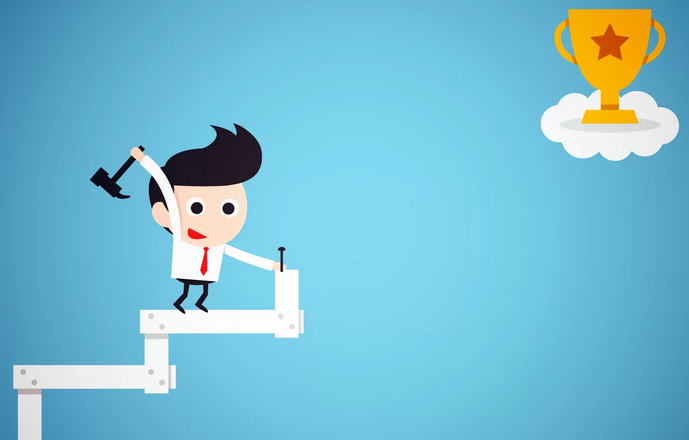
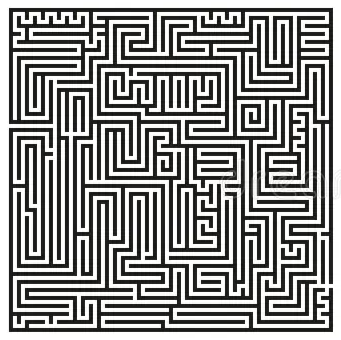
Winning the Stanley Cup is very difficult. Thirty-two teams come into the regular season hoping, wishing, praying that this year might be their year, but the reality is that many teams have no hope, fewer teams have some hope, and scarcely few teams have a real chance of actually winning the championship. Over the past eight years’ worth of playoffs, when there could have been thirty-two unique teams to make it to the Conference Finals, instead just half have made it that far in the playoffs. Two teams have been four times, four teams have been two times, and ten teams have been Conference Finalists once. Six teams have won the Stanley Cup in the last eight years. The window to win a championship closes as quickly as it opens, so if you miss your shot, it might be a while again before your chance comes around again. (Ask Anaheim, Islanders, Ottawa, San Jose, or Winnipeg fans how they feel right now.)
Whether you win the Cup or not, it’s fairly well established that your team does not have a serious shot at the championship unless they have suffered enough to acquire plenty of high-end, talented players: either they draft those prospects themselves, or (less often) they trade their way to those players further down the road. If you look at the Stanley Cup winners over the last eight years, all of them had at least one player drafted in the top three (that’s right, I’m counting third overall pick Jay Bouwmeester in this), and while Vegas hasn’t had a single top five draft pick of their own in their brief history, former Buffalo Sabres second overall pick Jack Eichel was instrumental for them this past season, leading the team in scoring in the postseason. But simply losing enough that you get high-value draft picks year after year isn’t enough…just ask the Buffalo Sabres, or the Edmonton Oilers, or the mid-1990s Ottawa Senators. You have to have all the right players in all the right places and, even if you do, you still have to have luck.
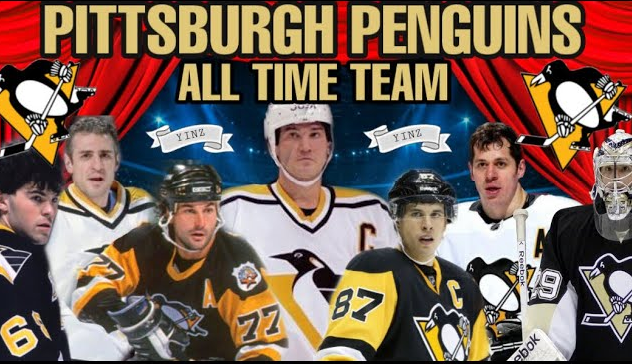
From 2006 to 2017, the Pittsburgh Penguins have had all the right players in all the right places. They had not just one but two once-in-a-generation centers. They had an elite #1 defenseman. They had a starting goaltender who was often very good. They had a supporting cast that often held up their end of the workload. In that span the Penguins had the best regular season record in the NHL, 0.008% better than the next team (San Jose), scoring the most goals in the League while having average goal prevention. They were good, and a few times they were lucky as well. It was a recipe that led to Pittsburgh winning three Stanley Cups, going to another Cup Final and a fifth Eastern Conference Final. Then, after winning a then-unheard of second straight championship in 2017, things quickly fell apart.
Then-general manager Jim Rutherford, faced with the looming Vegas expansion draft, bet on Matt Murray over Marc-Andre Fleury, a decision that has aged like milk even if it did seem prudent at the time. With several veterans on expiring contracts, he opted to let them seek greener pastures. Thereafter Rutherford struggled to recreate the quality and chemistry that had gotten Pittsburgh to the highest levels in the League. Within a few years, Rutherford was gone, and Ron Hextall was hastily hired to replace him. The results with the former Philadelphia Flyers GM were even worse, and he was fired within a week of the Penguins missing their first playoff appearance in sixteen years (adding insult to injury, losing out to the eventual Eastern Conference champion Florida Panthers by a mere point).
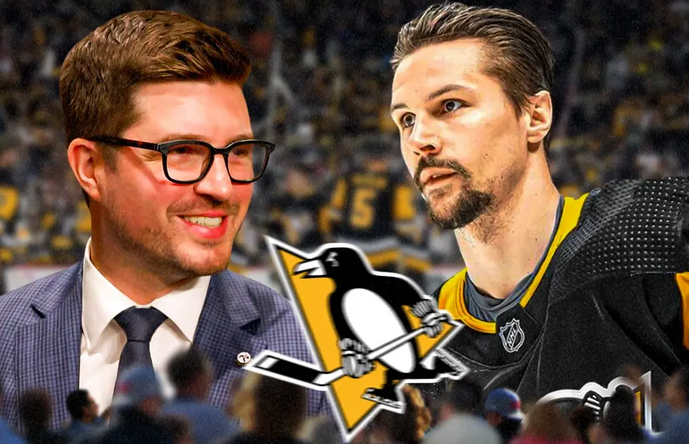
It would not be long before Pittsburgh had a new president of hockey operations in Kyle Dubas, late of the Toronto Maple Leafs which had just won its first playoff series in nineteen years but nevertheless were disappointed in their attempt to get beyond that point. Dubas quickly moved to rehab the Penguins’ roster, starting with the trade for Reilly Smith, continuing with the free agent acquisitions of Ryan Graves, Lars Eller, Noel Acciari, Matt Nieto, and Alex Nedeljkovic, and culminating with the massive trade that sent out Casey DeSmith, Mikael Granlund, Jeff Petry, Jan Rutta, and Nathan Legare in exchange for Erik Karlsson and Rem Pitlick. The years of wayward roster management appear to be in the franchise’s wake, and there is renewed optimism about the Penguins as the look to not only return to the playoffs but perhaps have the best result in the postseason since their second-round loss against the eventual Stanley Cup champion Washington Capitals in 2018.
Nevertheless, some questions persist as we look forward to the Pittsburgh Penguins returning to the ice for training camp this month. One of those questions is how the bottom portion of the depth chart will perform. The top of the lineup looks as good as it has in years, if not better: despite Jake Guentzel’s absence as he rehabs from his ankle surgery, the addition of the reigning Norris trophy winner in Karlsson will hopefully offset the offensive production the team will miss without Guentzel in the lineup. But the ongoing concern for Pittsburgh which seems to have gone unresolved is that they may be too top heavy offensively for their own good. Of those who played nearly a full season in 2022-23, the player with the highest point-per-game average projected to be in the bottom six is Jeff Carter (0.37), and we all know the woes the team has suffered with him in the lineup for the past year. Most people would like to see the veteran scratched, but that leaves Pittsburgh with Vinnie Hinostroza (0.42), Pitlick (0.33), and Eller (0.27) as their next-best scorers.
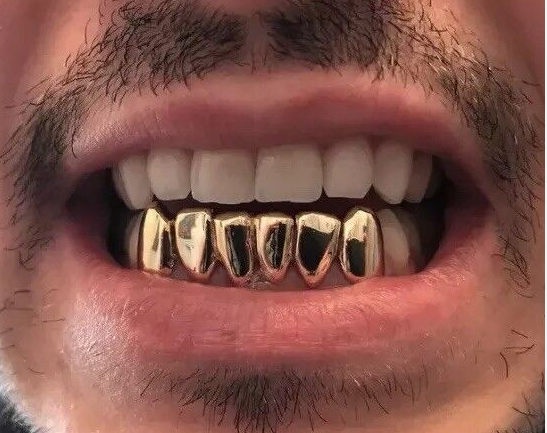
What may resolve the concerns about the bottom six may be how the defensemen are deployed. My theory (and that’s all I’ve got at the moment) is that head coach Mike Sullivan may give two lines each, one top line and one bottom line, for Kris Letang and Erik Karlsson to work with during the game. Perhaps Letang and Graves (assuming those two are paired together) will get Crosby’s and (the fourth) line, while Karlsson and Pettersson will get Malkin’s and (the third) line? Of course they could simply rotate (and don’t forget the third pairing, whoever they may be), but the hope will be that the offensive skill of the defensemen will lift up the offensive production of the forwards. Conversely, with the concerns that Letang and particularly Karlsson need help on defense, the bottom six will hopefully make up for whatever those two defensemen are lacking. It’ll be interesting to see how that all works out.
My biggest concern however is the goaltending. Goalscoring in the NHL has been gradually ticking upward: ten seasons ago teams were scoring an average of 217 goals for the whole season (it was a lockout-shortened season so I prorated it to 82 games), but last year that number was up to 258. Consequently I am nervous about how Tristan Jarry will perform this season. His performance in his roughly four full years in Pittsburgh has been erratic – he has interspersed two Vezina-considered seasons with two pretty average ones – and now at 28 years old and with a new, five-year, $5.375M/year contract with a partial no-trade clause, he needs to take another step forward and turn in a more consistent and ideally better performance than we’ve seen. He has been one of the main reasons for both the Penguins’ success and failure in these past four years, whether it’s on the macro level (the team making the playoffs) or the micro level (Pittsburgh losing games in the playoffs) and in order to prove himself he cannot have those wild swings in performance. It’s his unreliability that makes it hardest to gauge just how the Penguins will perform on any given night. If he can overcome that and settle into being at least a consistently top ten goaltender in the NHL, Pittsburgh will be in great shape.

One thing that I’m hoping (expecting) to improve is the power-play. From the 2015-16 season to 2019-20, Pittsburgh had the third-best power-play in the League. The past three seasons however they have dropped to 13th, a substantial drop-off despite mostly having the same coach (Todd Rierden) and the same key players (namely, Crosby, Malkin, and Letang). Part of the problem is the same problem that has plagued the team in general over the past few years: if the offense isn’t coming from the stars, then where is it going to come from? Over the past three years, the top five skaters in power-play time (Crosby, Malkin, Letang, Jake Guentzel and Bryan Rust) have scored 96 of the team’s power-play goals, good for 64.4% of the team’s total in that span; last year they were responsible for more than three-quarters of the team’s goals on the man advantage. Adding Erik Karlsson should help the power-play depth either way (whether he plays on the first unit or Letang does), and hopefully even strength scoring as well, but having a lethal power-play would go a long way towards moving Pittsburgh up the standings.
In general it’s evident by how things have gone since Kyle Dubas was hired that this is a better Penguins team than we’ve seen in the past few years, at least on paper. Indeed their improvement should be enough to contend for a playoff spot and if the variables swing their way (consistent goaltending, no major injuries or several injuries at the same time, everyone performing at expected levels) they will have no trouble making the playoffs. As the Florida Panthers proved once again last season, just because a team is a Wild Card and facing what appears to be an absolute force in the playoffs doesn’t mean you can write that Wild Card team off altogether. However, it takes a certain kind of magic to go from being down 0-3 in your first round playoff series to the Stanley Cup Finals, and that doesn’t happen all the time. Realistically this Pittsburgh team should be expected to make the playoffs, and I could see them maybe winning in the first round, but the picture gets murky from there. Their competition continues to get tougher each year, and even though they have retooled significantly and there is a palpable sense of renewed optimism, the Pittsburgh Penguins have to be at their very best if they are going to get another Stanley Cup ring for Messrs. Kris Letang, Evgeni Malkin, and Sidney Crosby.

